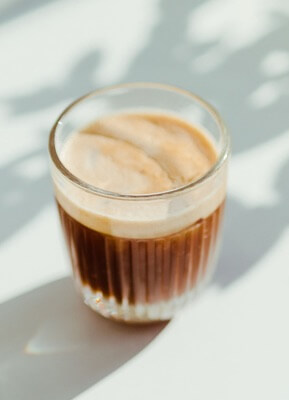Application of Polyester Fiber in Non-woven Fabrics
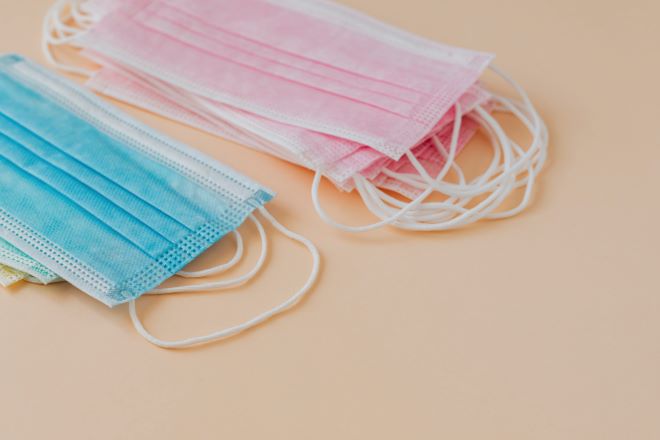
Polyester, scientifically known as polyethylene terephthalate (PET). It is a thermoplastic polymer widely utilized in various applications. It is a pivotal material in the production of non-woven fabrics through the spun-bond method. In China, the output accounts for about 6% of the total output of spun-bond non-woven fabrics. 1. Molecular Structure of PET PET molecules […]
Understanding the Differences Between DTY, FDY, and POY
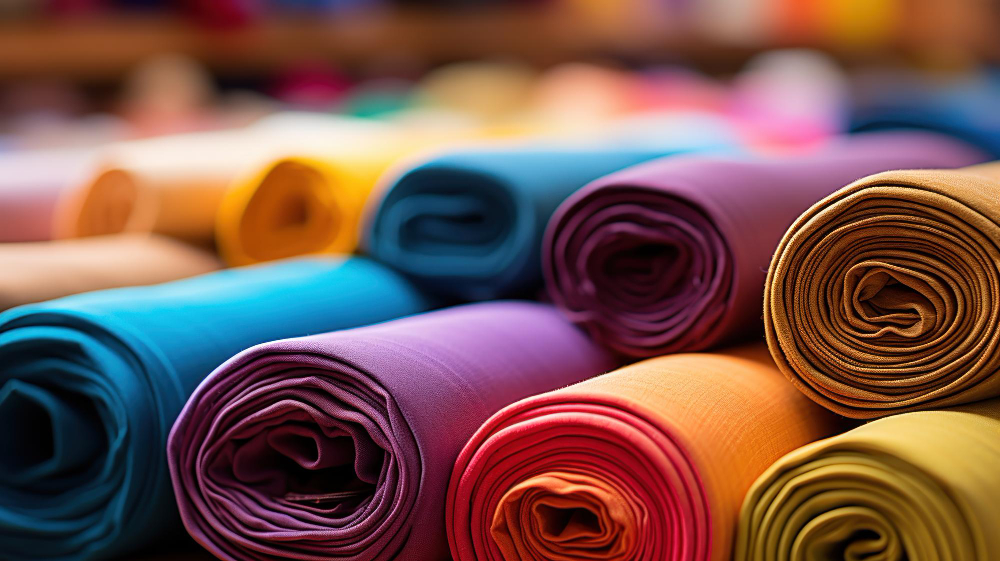
When it comes to synthetic fibers like polyester, there are three main types to know about DTY, FDY, and POY. 1. DTY DTY for Draw Textured Yarn. It is made by intertwining single fibers through a process involving compressed air. It results in long strands with periodic network points. These fibers often have some elasticity […]
Understanding Flame Retardancy: Oxygen Index vs. UL94 Ratings
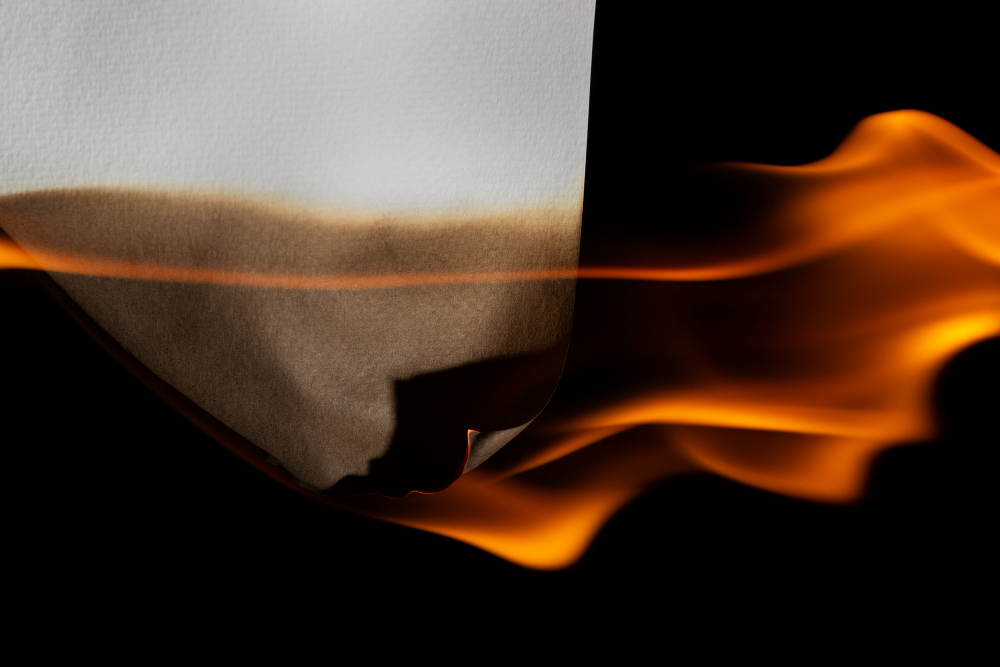
The Oxygen Index (OI) refers to the minimum concentration of oxygen needed for a material to sustain flame combustion in a mixture of oxygen and nitrogen gases under specific conditions. It is expressed as a percentage of oxygen volume. 1. What is the Oxygen Index (LOI)? The Oxygen Index indicates the oxygen concentration required for […]
A Simple Guide to Weft Yarn Sizing for Color Woven Fabrics
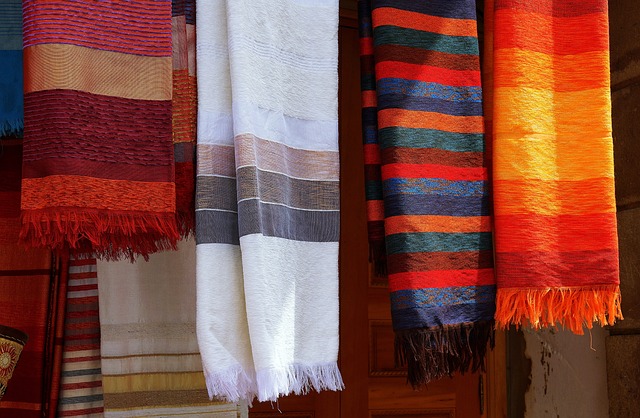
The article introduces a new method for treating weft yarn in color-woven fabrics. It involves three steps: dyeing the yarn, applying a liquid sizing agent, and drying it. Let’s break it down: Step 1: Dyeing the Yarn First, we dye the yarn in the usual way. Then, we add a softening agent and dye the […]
An Overview of Automotive Interior Ceiling Materials

A car’s interior ceiling is an important part of its overall interior design. It covers metal panels on the roof and serves as a decorative element. People pay more and more attention to the luxury and comfort of cars. The car ceiling not only needs to be beautiful, but also needs to meet requirements such […]
Advancements and Performance Analysis of Low Melting Point Polyester Chip
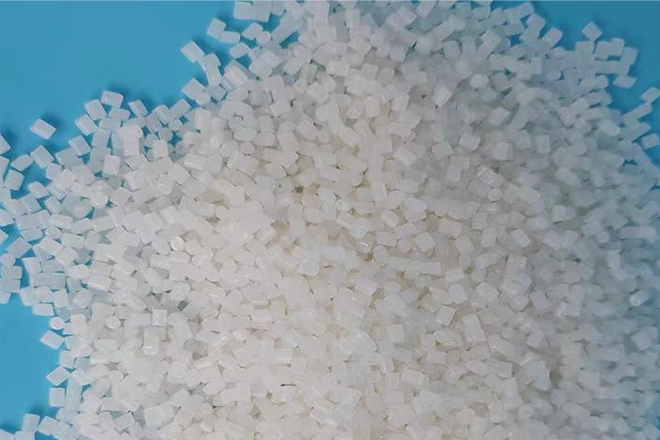
Low-melting polyesters are modified forms of polyesters with reduced melting points. It is achieved by incorporating modifying components during the traditional polyethylene terephthalate (PET) polymerization process. So in simple, it can lower its melting point by changing its molecular structure. It is an environmentally friendly product. Used as a partial replacement for traditional adhesives. Its […]
Enhancing Color Depth and Sunlight Efficiency with Silica-Based Anti-Reflective Coatings on Polyester Fabrics
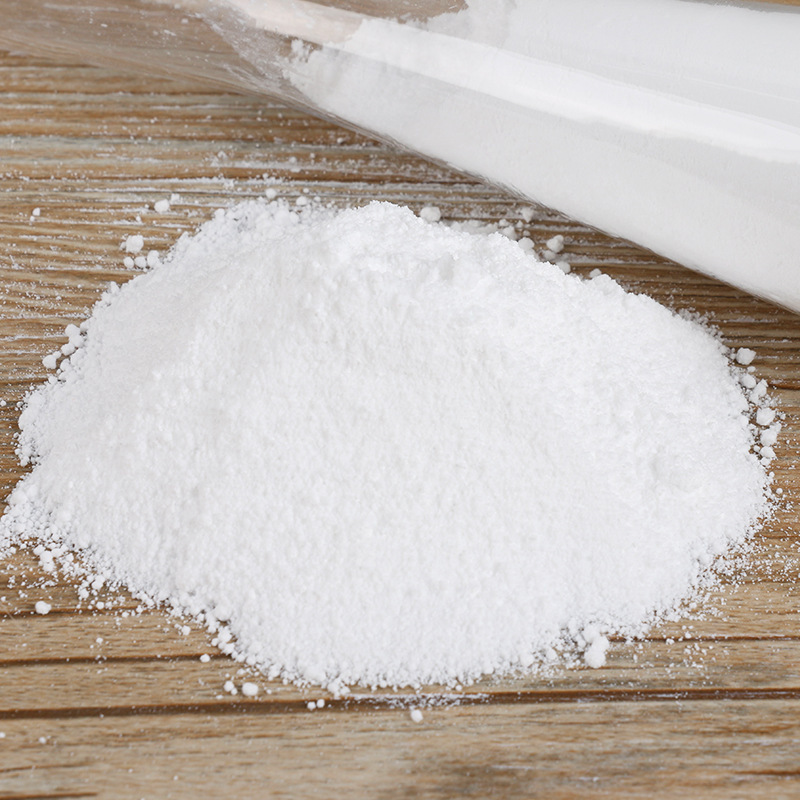
Polyester fabrics have won widespread praise for their durability, wrinkle resistance, easy care, and quick drying. However, they also have a drawback. Poor hygroscopicity and limited color depth. These problems stem from the inherent properties of polyester fibers. Their smooth surface and lack of reactive groups. The significant difference in refractive index between polyester (nₛ […]
Understanding Textile Fabric: A Comprehensive Guide
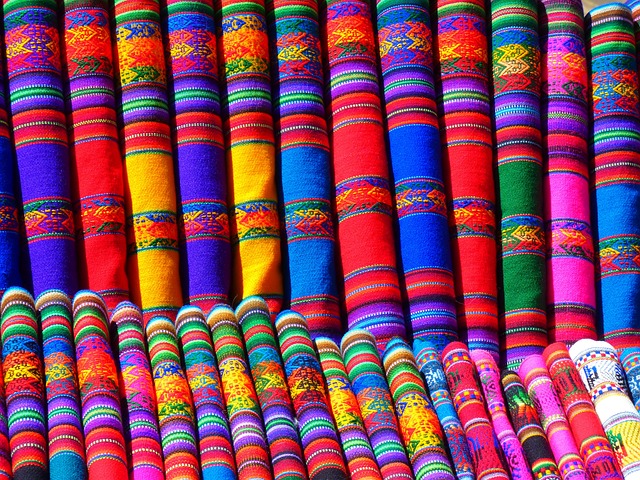
Textile fabrics come in a wide variety of types, each playing a crucial role in the world of fashion. As one of the three essential elements of clothing, fabrics have a significant impact on a garment’s overall style and aesthetics. The choice of fabric can highlight the color, design, and character of clothing. So, what […]
Polyester Fiber: Discovering Its Composition, Performance, and Diverse Applications
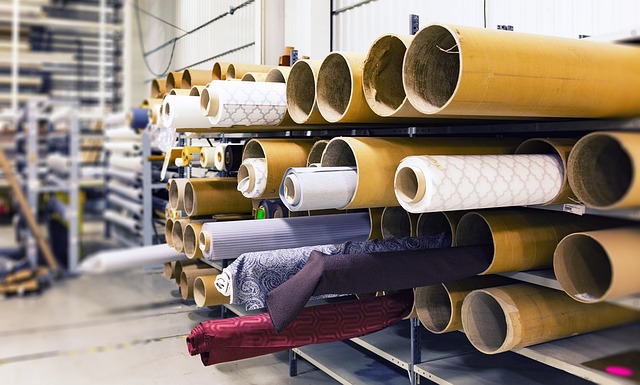
Polyester fiber clothing has gained immense popularity in recent years. More and more customers love this kind of material. But many still wonder: What exactly is polyester fiber? Polyester fiber is made from polyester materials through underwater pelletization. It has a melting point between 255-260°C. It offers excellent wrinkle resistance, elasticity, and dimensional stability. Polyester fiber […]

